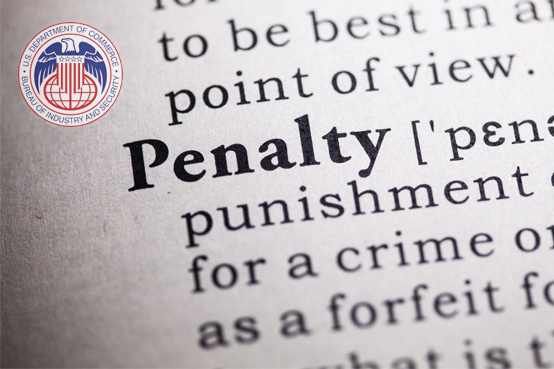
Effective July 22, the Bureau of Industry and Security (BIS) has officially revised their penalty guidelines to align with those of the Office of Foreign Asset Control (OFAC).
What has changed?
The base penalty amount will now depend on whether the violation is determined to be egregious or non-egregious. The revised guidelines will also take into consideration whether or not the case resulted from a qualifying voluntary self-disclosure. The Office of Export Enforcement will first set the base penalty amount and then look at mitigating and aggravating factors to determine whether the penalty amount should be adjusted.
Who benefits most from these changes?
Exporters that have an established export compliance program will reap the most benefits. Failing to have an export compliance program makes it more difficult to mitigate a penalty. If you don’t have one or it needs updating, this is a great time to establish or update your export compliance program. The importance of having an Export Management and Compliance Program that incorporates at least the 9 core elements, outlined by BIS, will help minimize your compliance risk.
Great Weight Penalty Reductions
One of the significant changes made, has to do with voluntary self-disclosures which are provided for in Part 764.5 of the EAR. They will no longer be listed as a mitigating factor. To encourage the submission of disclosures, BIS will extend “great weight” in the form of a 50% mitigation to the penalty case if it is based on a disclosure. The good news is that the majority of penalty cases made through a disclosure will only result in a warning letter and only 3% of the disclosures submitted actually will be issued a civil penalty.
The key points to take away from these changes are:
- Establish and maintain an Export Management and Compliance Program that incorporates, at minimum, the 9 core elements outlined by BIS.
- Monitor your export activity for possible violations.
- Make a voluntary self-disclosure if you suspect a possible violation.
Let us know if you need assistance with setting up your Export Management and Compliance Program, training, or filing a voluntary self-disclosure.
By Jim Trubits, Vice President

